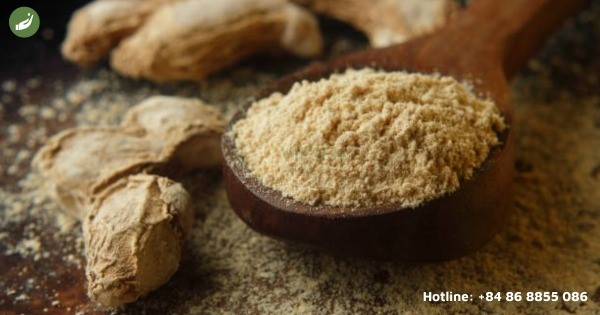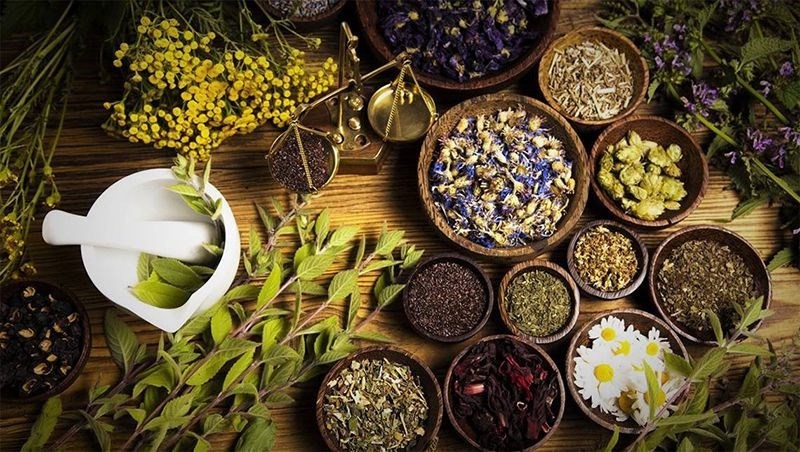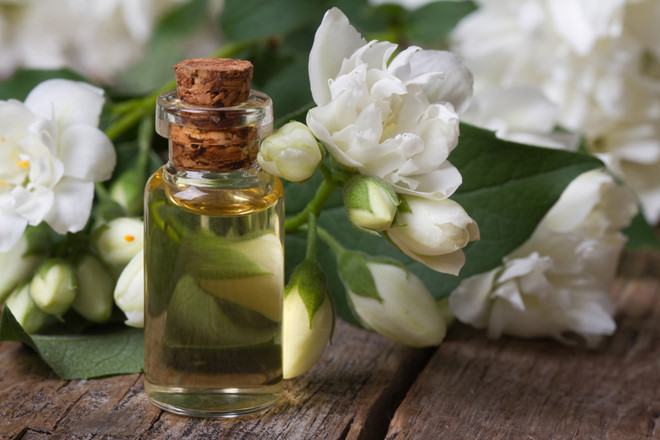Vietnamese cinnamon, with the Latin name Cinnamon Cassia, is a special cinnamon in the world with a high essential oil content (3-5%), a spice for dishes and drinks that top chefs always pursue. That irresistible aroma has attracted humanity for hundreds of years.
In addition, in Vietnam there is another type of cinnamon with the scientific name Cinnamomum loureiroi (in Vietnam called Que Thanh) which refers to the cinnamon variety grown from Thanh Hoa province into the southern provinces of Vietnam.
Cinnamon essential oil is the most quintessential part of the cinnamon tree, produced by steam distillation and carefully filtered to supply to the market. Raw materials for producing cinnamon essential oil are cinnamon bark and cinnamon leaf branches. That leads to there being two types of cinnamon essential oil: Cinnamon bark essential oil and cinnamon leaf essential oil.
So what is the difference between them? First of all, let’s learn about cinnamon.

(Cinnamon leaves are dried at an essential oil factory)
1. Popular cinnamon varieties today.
Cinnamon is a tropical tree belonging to the Lauraceae family that can grow up to 10-15m tall. It has leaves, bark and flowers that have a characteristic sweet scent thanks to the compound Cinnamaldehyde. Cinnamon is not only a sought-after attractive spice but also a valuable medicinal herb. After drying, this cinnamon bark will be rolled into sticks, cut as required and crushed into fine powder for export. In life, cinnamon essential oil is also used as an antioxidant, anti-inflammatory and antibacterial.
There are more than 100 different varieties of cinnamon, but only a few are widely grown for the spice that most people use:
Cinnamomum cassia – Also known for short as “Cinnamon”. Cinnamon has a stronger, spicier flavor than Ceylon cinnamon. Especially Vietnamese Cinnamon, the bark has a high essential oil content of 3-5%. The main ingredient of Cinnamon essential oil is Cinnamic Aldehyde (also known as Cinnamaldehyde).
Cinnamomum loureiroi – called Que Thanh in Vietnam, this type of cinnamon has a particularly high oil content, giving it a spicy flavor. Cinnamon is commonly grown from Thanh Hoa to the southern provinces of Vietnam.
Cinnamomum verum – called Ceylon Cinnamon because it originates from Sri Lanka. This type of cinnamon is highly appreciated for its sweet, mellow flavor. However, due to its expensive price, it is not popular in the market. Ceylon cinnamon bark is usually quite soft, has a slightly dark brown color and a mildly sweet, less bitter taste because it only contains about 50 – 63% of the compound Cinnamaldehyde.
Cinnamomum burmanii – This is Indonesian cinnamon, also known as Korintje. It is loved for its sweet, delicate, gentle flavor.
These four species have the highest culinary and commercial value in the world today.

(Cinnamon long stick)
2. Differences between cinnamon bark essential oil and cinnamon leaf essential oil produced in Vietnam.
2.1 Distillation materials.
Surely, that is the fundamental difference. Cinnamon bark essential oil is distilled from the bark of the cinnamon tree. The essential oil content in cinnamon bark is much higher than the leaves. Especially the cinnamaldehyde content. (>88%)
Cinnamon leaf essential oil is produced from raw materials such as the branches and leaves of the cinnamon tree. The essential oil content in cinnamon leaves ranges from 0.5-1%. The cinnamaldehyde component accounts for more than 80%.
2.2 Price.
Cinnamon bark essential oil is more expensive than cinnamon leaf essential oil because it takes a lot of bark to produce even a small amount of essential oil. Cinnamon bark is also a highly valuable spice product, popular around the world.
2.3 Flavor
Both oils—Leaf and Bark—have the warm, spicy aroma of Cinnamon. But Cinnamon Bark has a stronger, purer flavor compared to the sweeter, slightly stronger flavor of Cinnamon Leaf Oil.
2.4 Chemical composition
Cinnamal Dehyde is an important ingredient that determines the flavor of cinnamon.
Cinnamon bark oil is rich in cinnamaldehyde (>= 88%)
The amount of Cinnamal Dehyde in cinnamon leaf essential oil is about (>= 80%)
Cinnamaldehyde (and other ingredients in Cinnamon essential oil) have the ability to inhibit bacteria, anti-fungal, and anti-oxidant. Besides, this is also a favorite flavoring ingredient in the world. People also use Cinnamaldehyde in food protection and pesticides. Besides, in addition to creating flavor in pharmaceuticals, Cinnamaldehyde also has good effects on the respiratory system, treating flu, colds…

(Steam distillation system at essential oil factory in Yen Bai province)
3. Cinnamon essential oil is produced at VIPSEN essential oil factory
VIPSEN is one of the leading researchers and producers of natural essential oils in Vietnam. Essential oil products are produced using advanced methods, achieving high quality with 100% natural ingredients, without additives or mixtures.
Cinnamon leaf essential oil and cinnamon bark essential oil products are produced by VIPSEN from selected raw materials at famous raw material growing areas in Vietnam, Yen Bai province. In addition, VIPSEN uses fractional distillation technology to produce natural Cinnamaldehyde products with concentrations up to 99%. The production process from planting and harvesting raw materials to producing and preserving finished products is always closely monitored by a team of experienced experts and technicians. VIPSEN’s cinnamon essential oil products are not only popular in Vietnam but are also exported to many countries around the world.
For more information, please contact:
Phone/Whatsapp/Zalo/Wechat/Kakao Talk/Line/Skype/Viber: +84 868 855 086
Email: Tony@Vipsen.vn
Address: D7-TT9, Forosa Street, Xuan Phuong New Urban Area, Xuan Phuong, Nam Tu Liem, Hanoi
Address of essential oil factory: Bai Dai, Tien Xuan, Thach That, Hanoi, Vietnam
Address of ginger and star anise factory: Thu Do, An Tuong, Vinh Tuong, Vinh Phuc, Vietnam
Share this article with your friends
Help your friends absorb interesting knowledge from VIPSEN



















































































